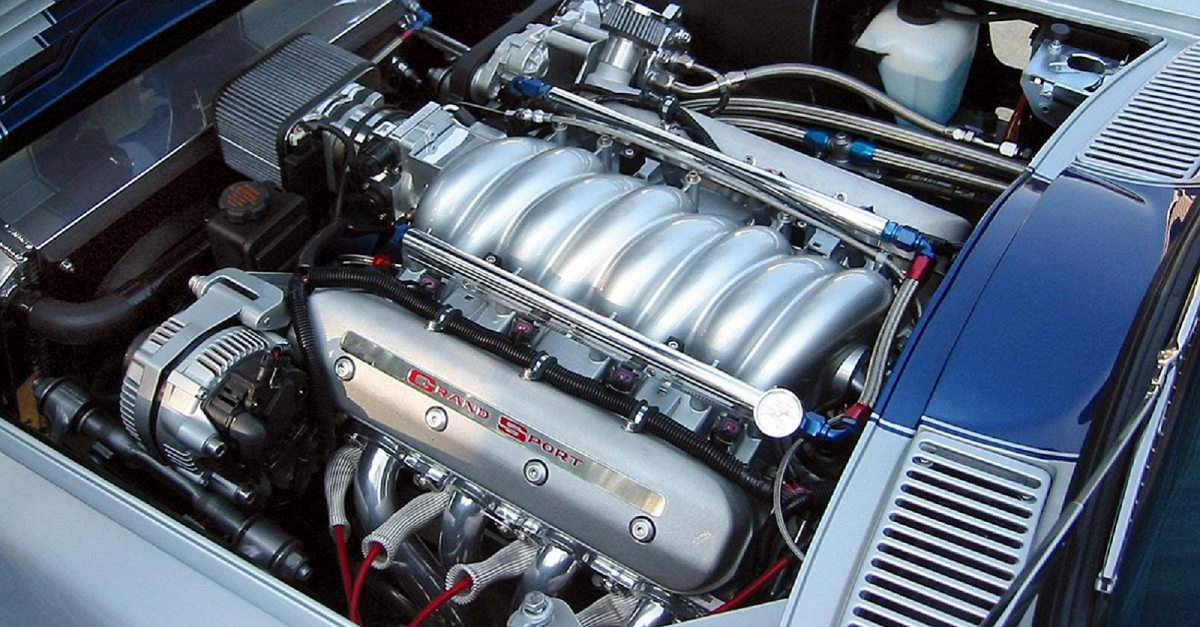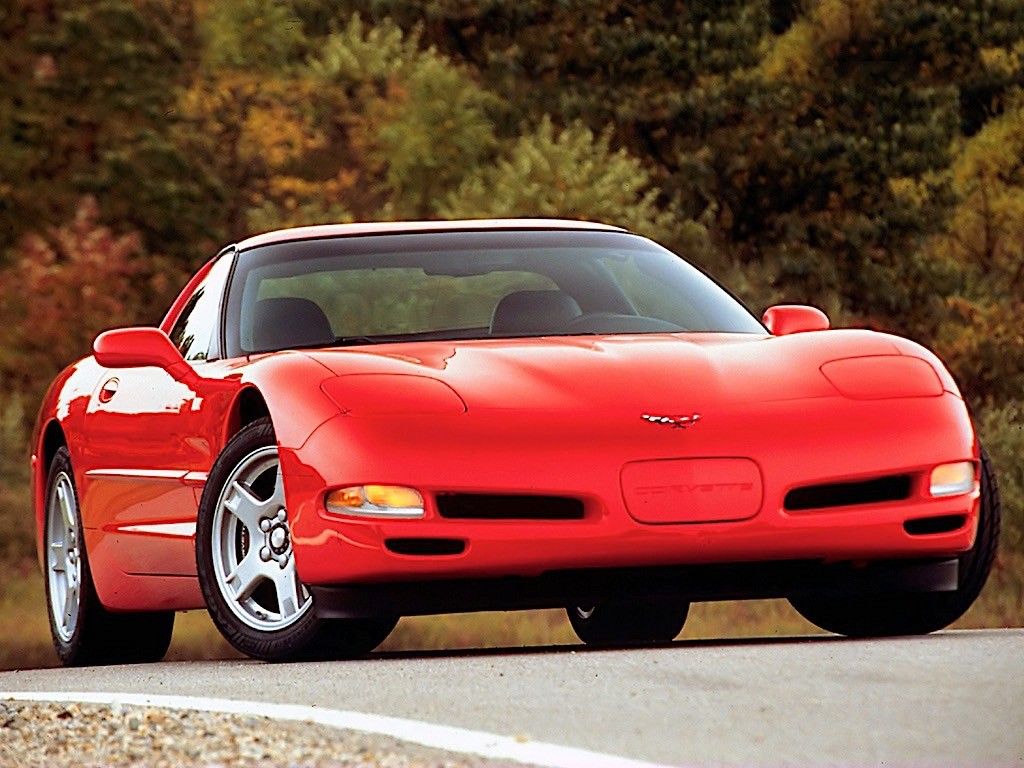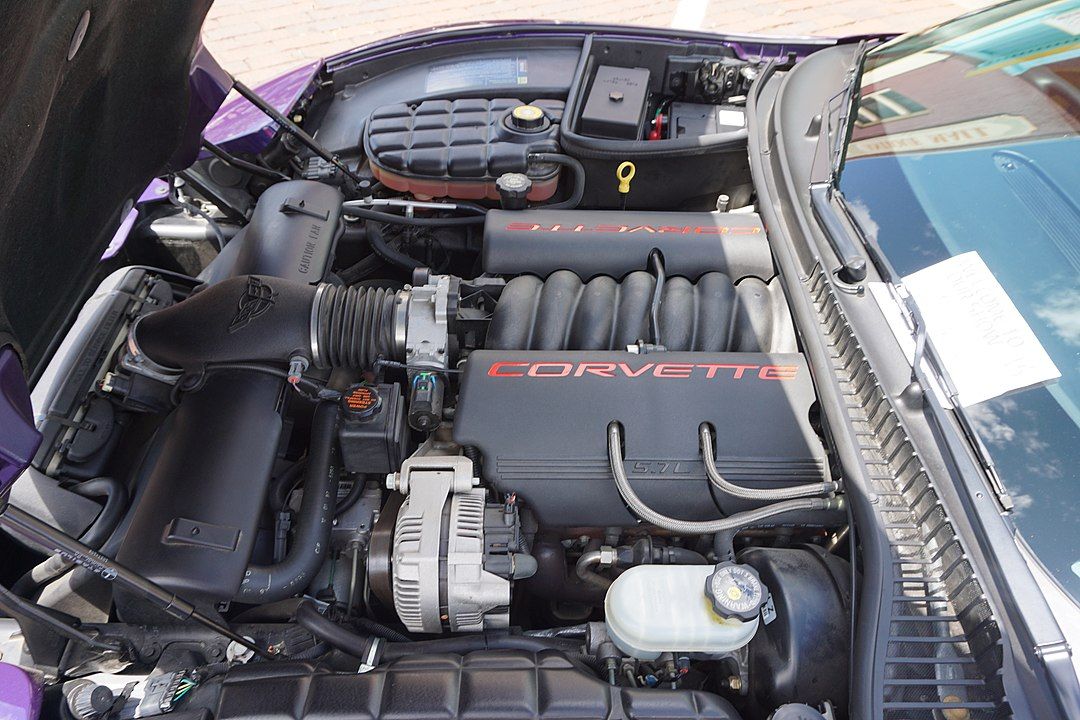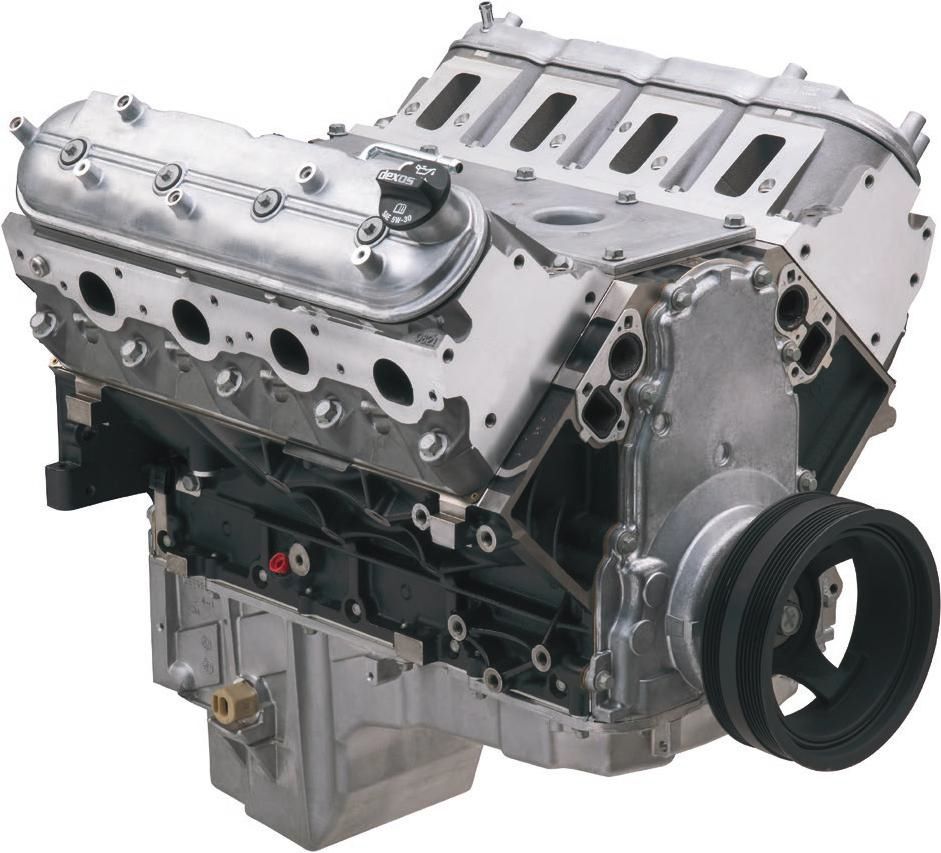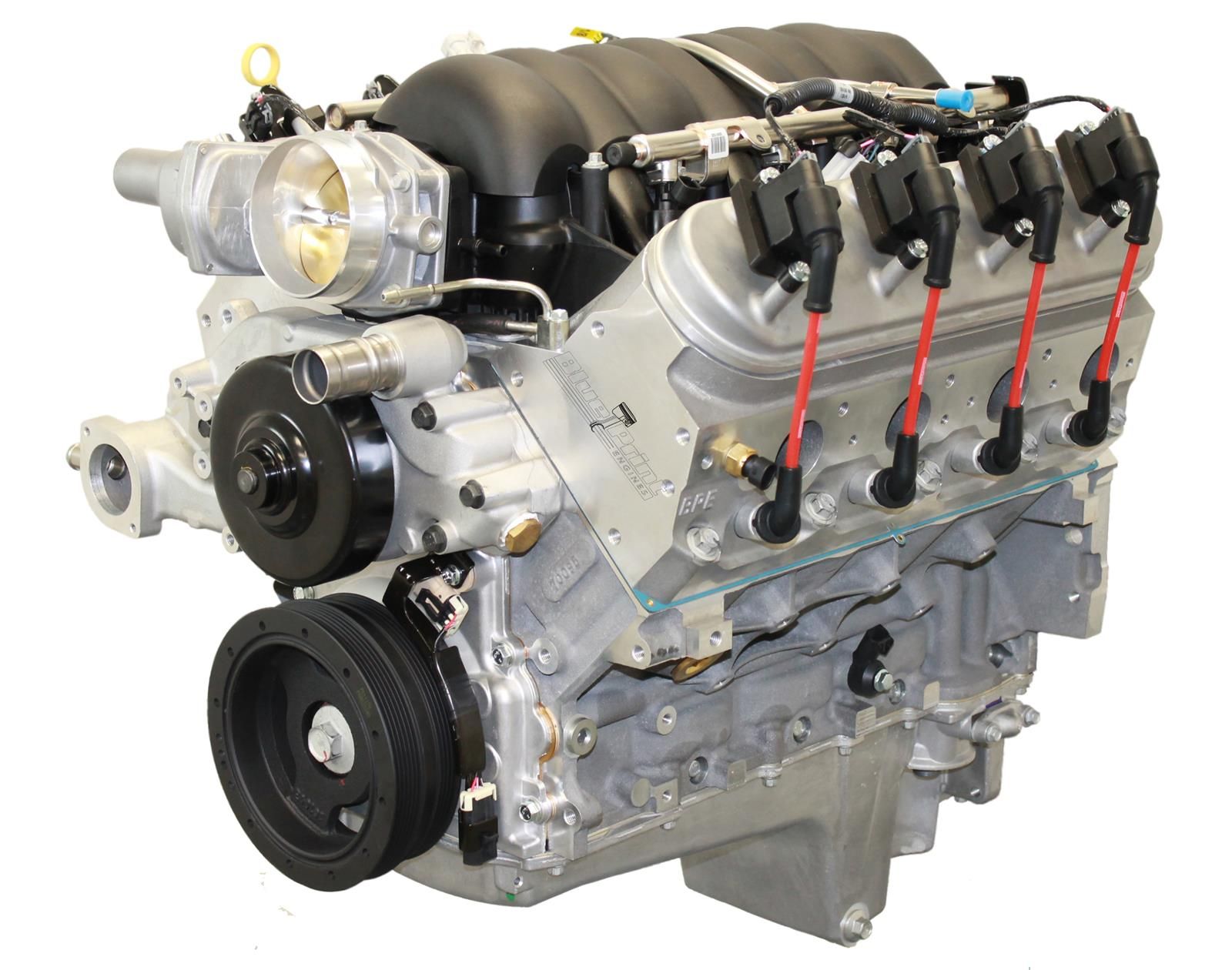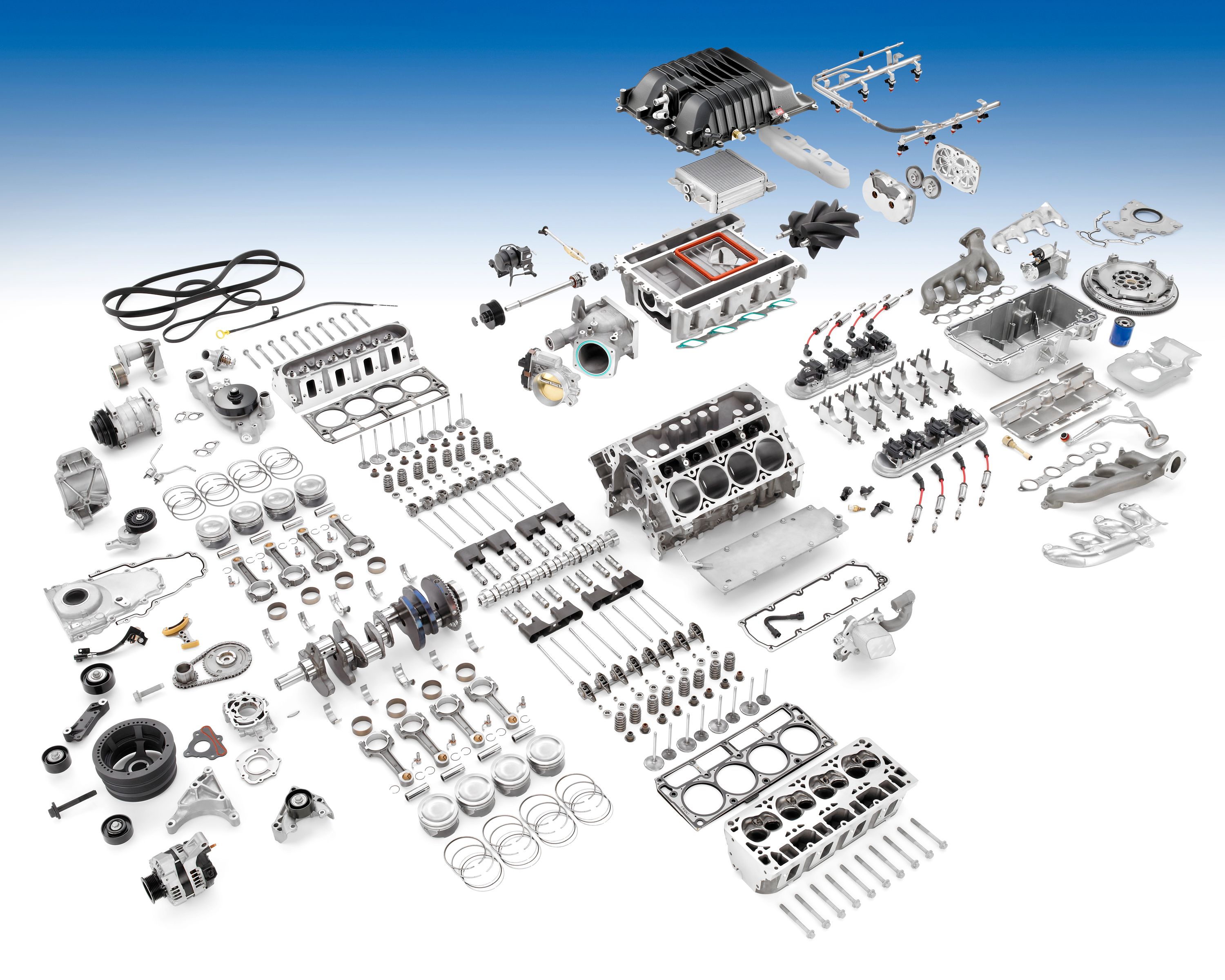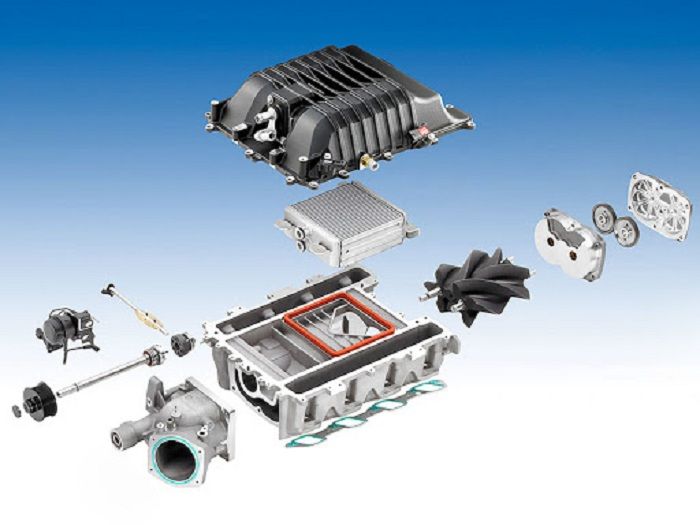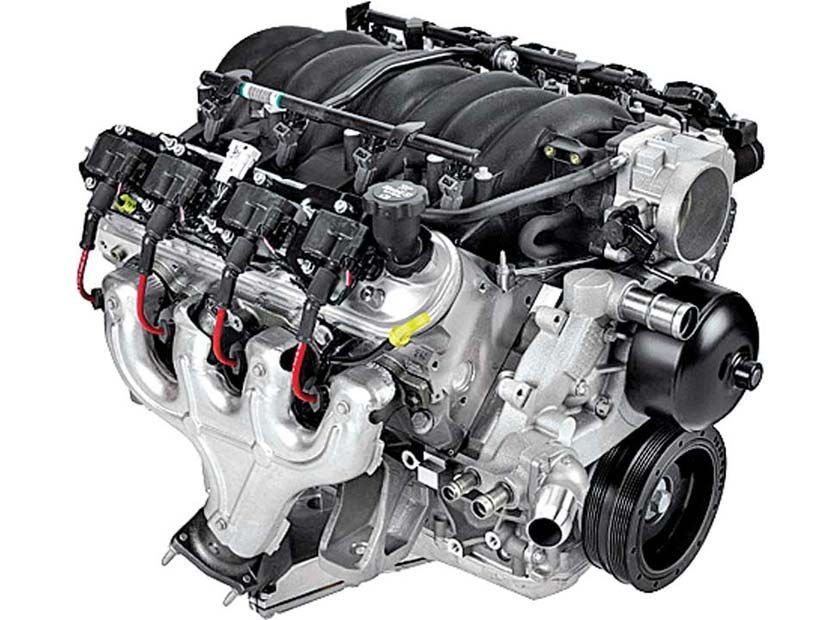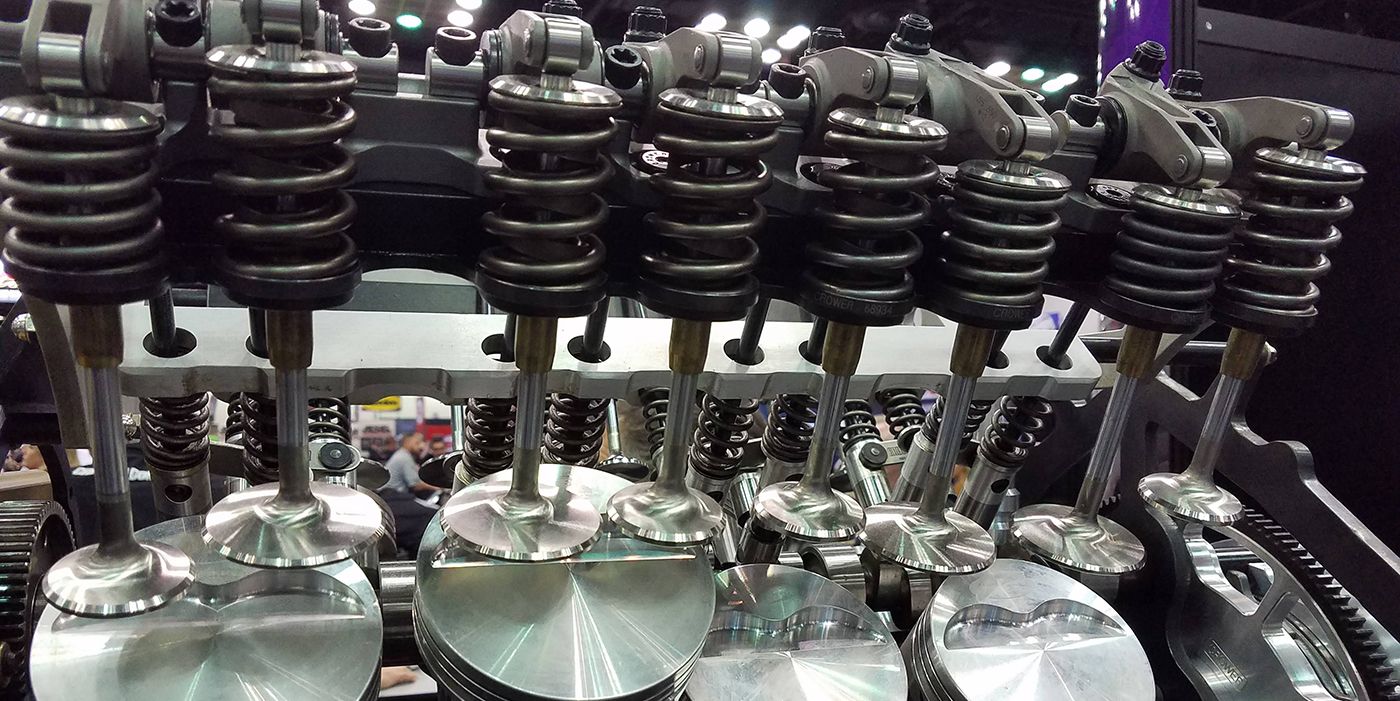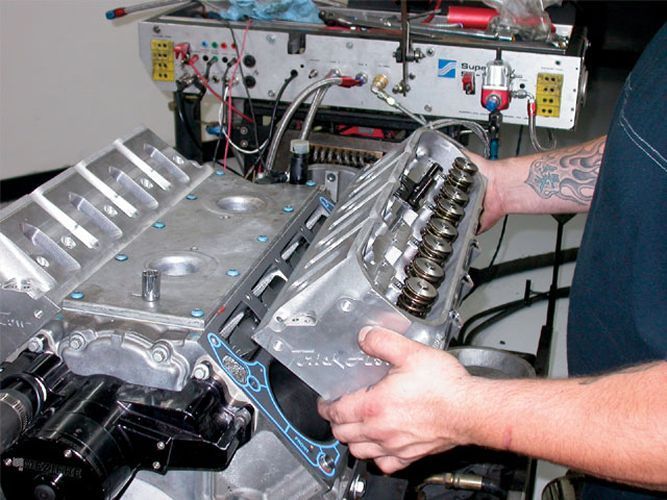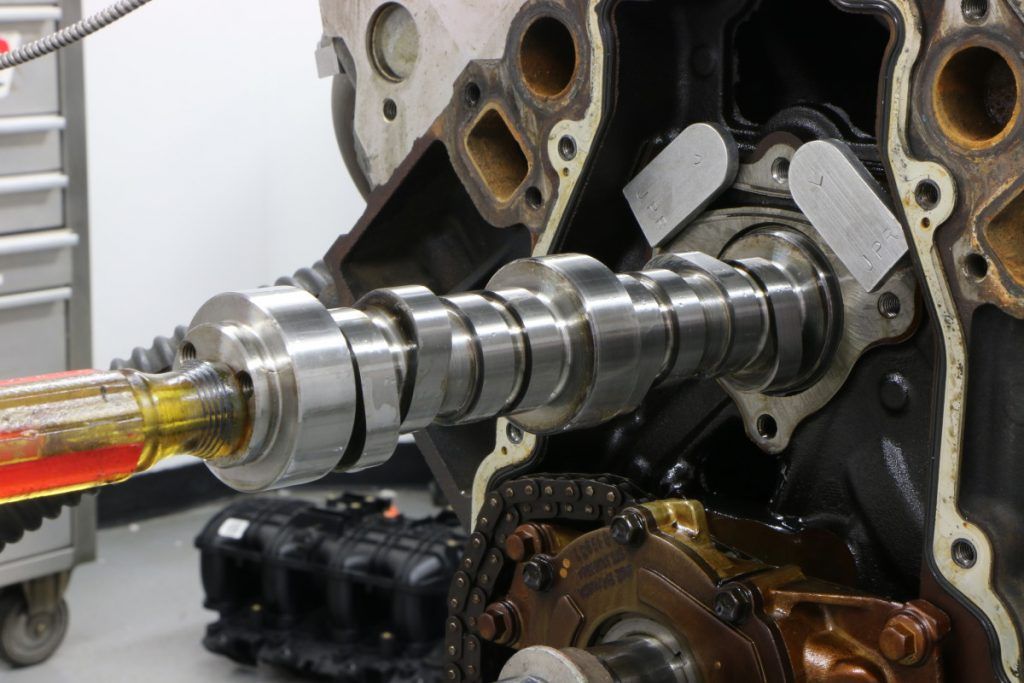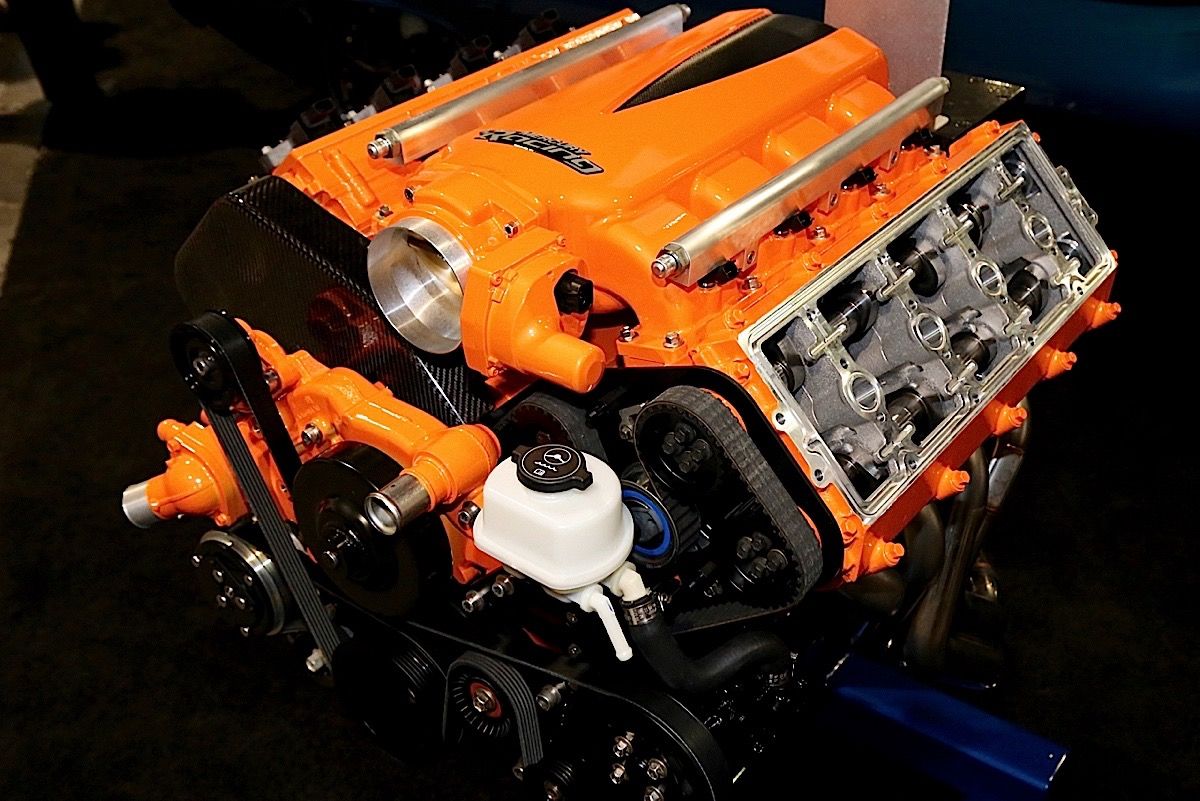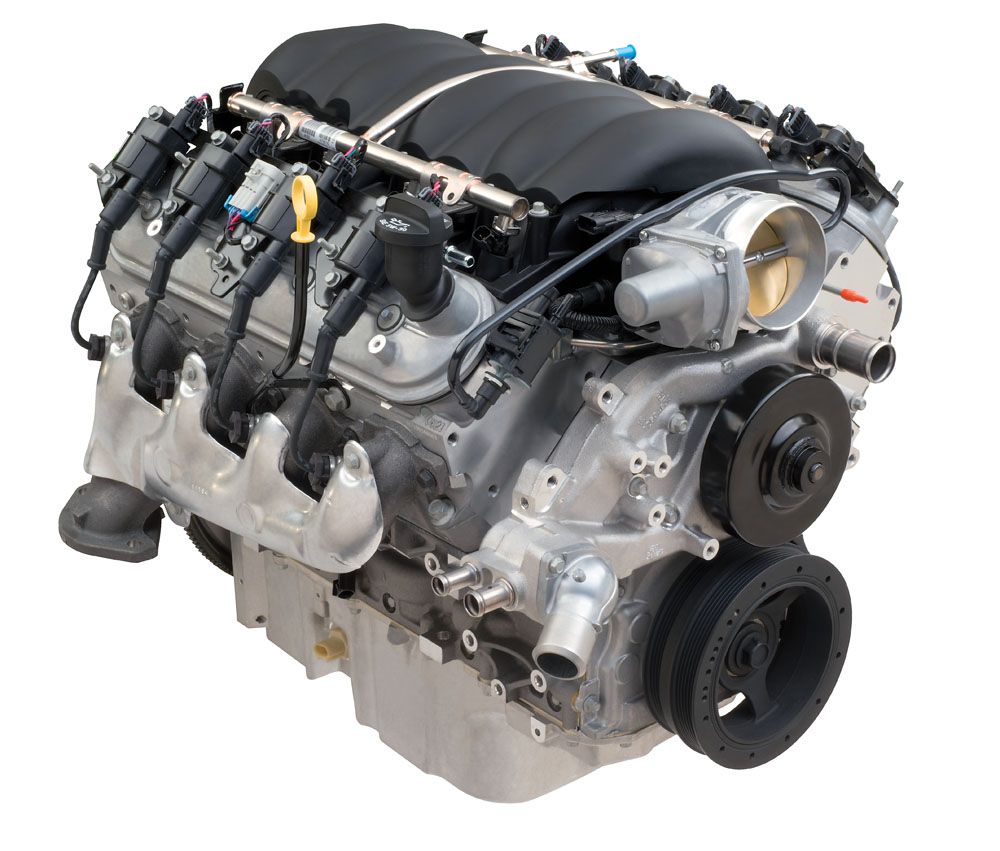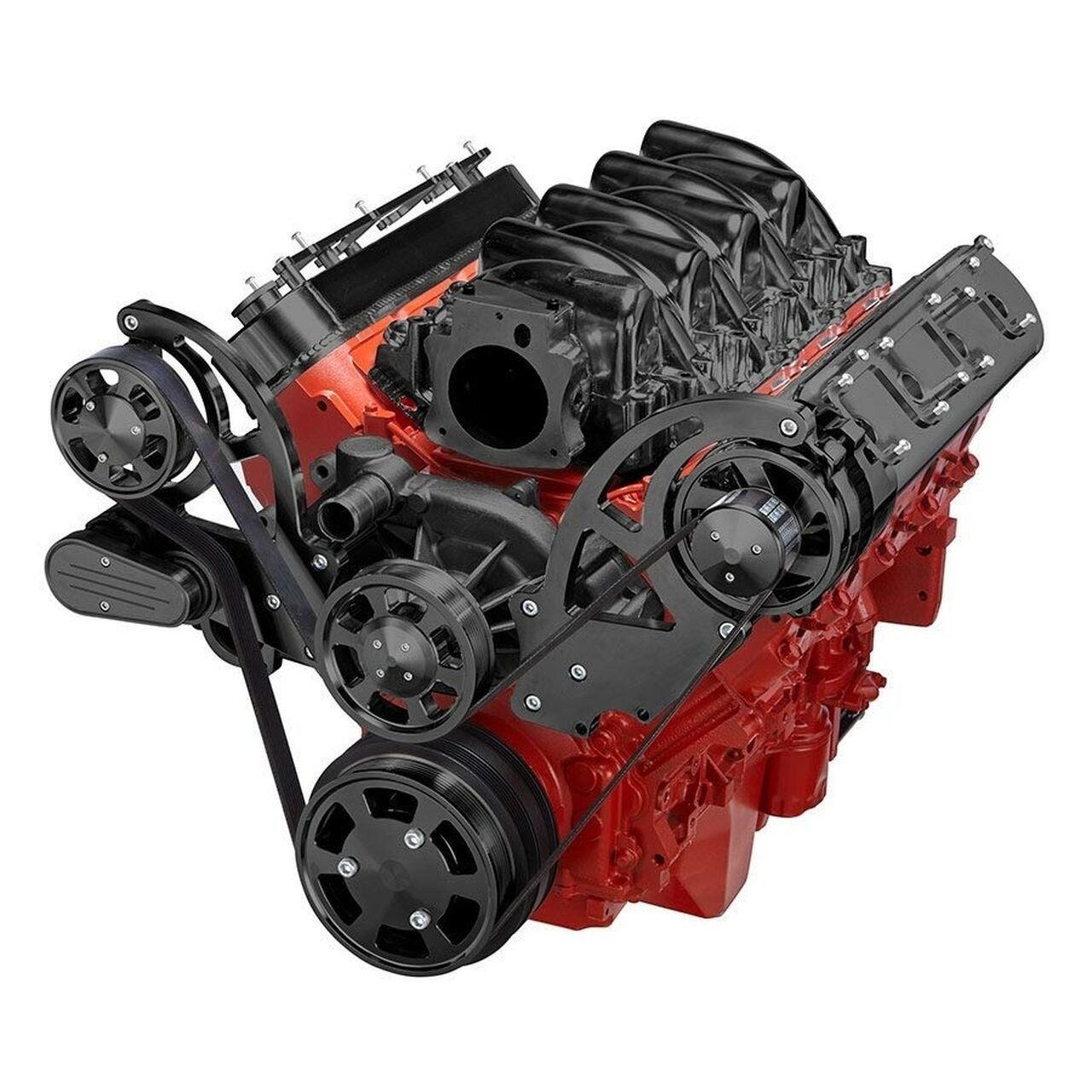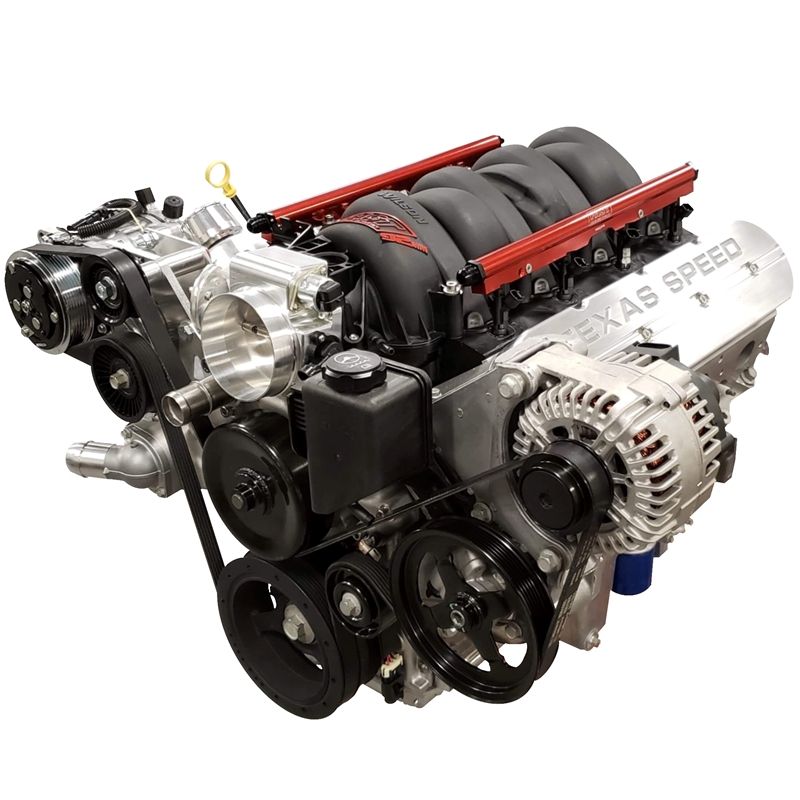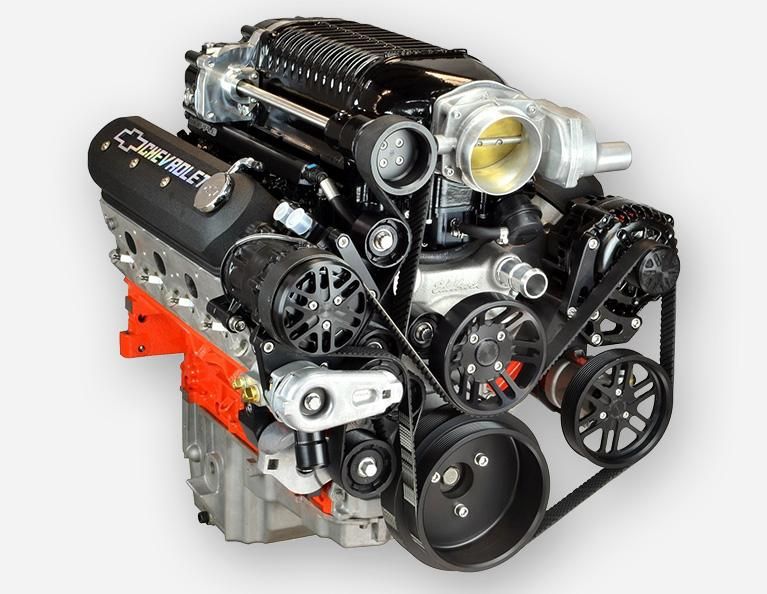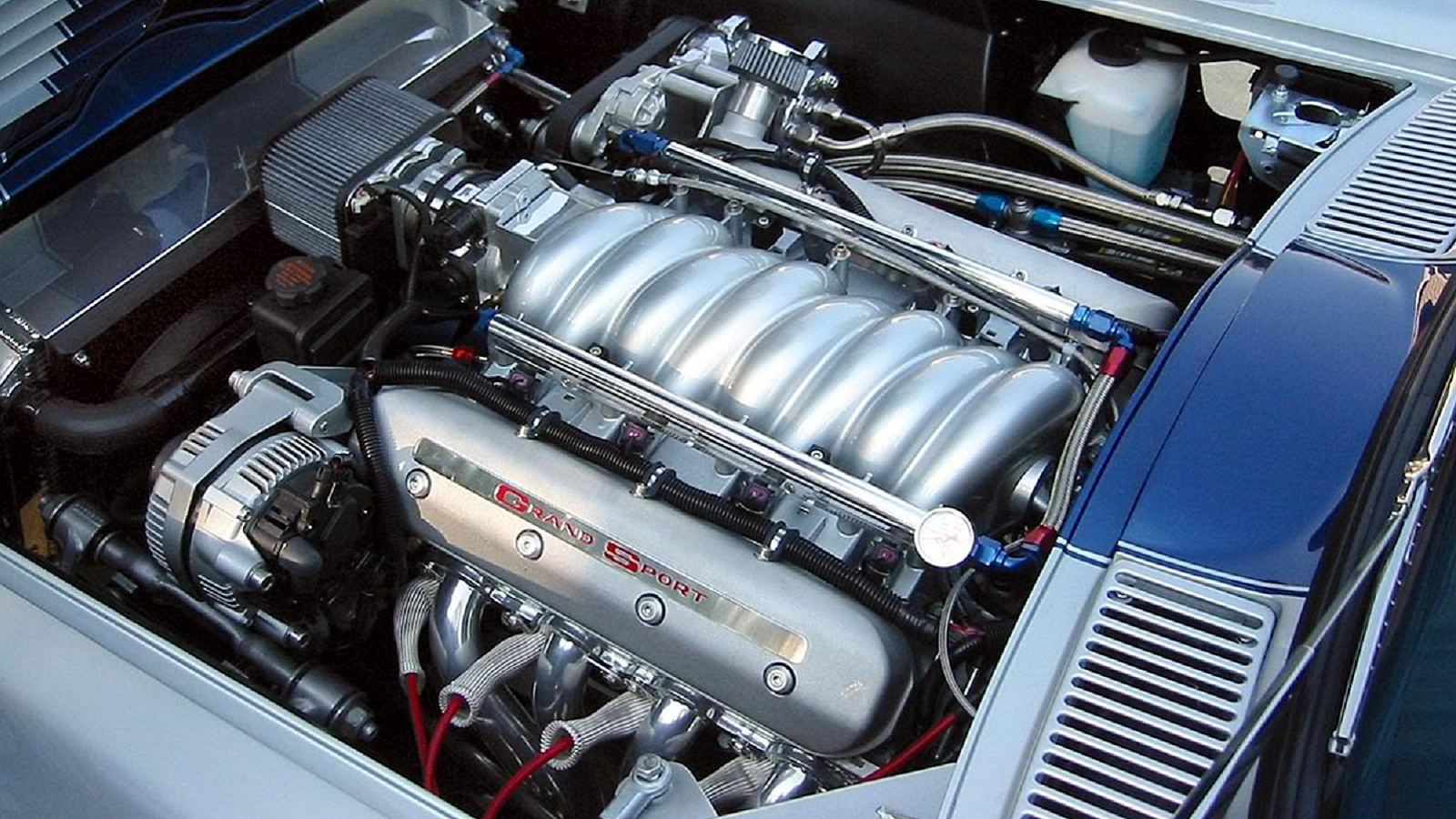The legend of the Chevrolet LS engine almost doesn’t need an explanation. Introduced in 1997 simply as an improved variant of the GM’s small-block engines, the LS has however become the special darling of the automotive aftermarket world. A feat it achieved for reasons which include its performance prowess, reliability, and accessibility, among several other awesome attributes.
The brainchild of the LS engine is Ed Koerner, the Powertrain Vice President at General Motors as at the time the engine was launched. Notably, the engine has been built in several iterations over the years and has also been adopted in some of the craziest swaps we’ve ever seen in automobiles. Here, we take an in-depth look at the LS and the incredible array of values that have made the Chevrolet engine possibly the greatest of all V8s.
8 Performance
Introduced as the powerplant for the C5 Corvette in 1997, the first LS engine (LS1) was connected to the C5 through a torque tube and had an initial output of 345 horsepower which was later improved to 350 in the 2001 model. Also, in 2001, an improved version of the LS, known as the LS6, with an initial output of 385 bhp was introduced.
These figures are quite generous for an engine output, and it got as high as 638 horsepower in the LS9, thanks to its 2.3-liter blower and big compression ratio.
7 Displacement Options
GM produced the LS engines for an extensive range of automobiles, however, they all fall within the small-block pushrod V8 engine’s category – with most having 4.40” bore centers. Nonetheless, the engines are produced in different sizes, suitable for different kinds of automobiles.
While LS engines for cars came in 7.0L, 6.2L, 6.0L, 5.7L, and 5.3L, the options for trucks are the iron-block 5.3L and 4.8L, and the 6.0L and 6.2L all-aluminum engines. Some of these engines are also available for front-wheel drive cars.
6 Aftermarket & Upgrades
One good indicator of a great engine is how the aftermarket responds to its release. The LS has had an explosive aftermarket. Also, one of the most common upgrades on the engine is an improved camshaft, which also is the best value-for-money modification anyone can get on their LS engine.
Other modifications include turbo kits and cylinder heads, and even basic bolt-ons. Swap kits are also very common in the aftermarket, making it easy to swap an LS engine into almost any automobile.
5 Strength
GM understood the importance of a solid foundation to create a great engine, and that attribute is evident in the modeling of the LS block. The LS engines are built with the “Y” block design which gives the main cap areas an improved rigidity.
The method uses two horizontal bolts that fasten the main cap to the block wall and four vertical bolts. Apart from a solid bottom end, the designers also crafted a durable top end that reduces cylinder bore distortion.
4 Versatility
The LS engine is famous for how well and easily it can be modified. For instance, an upgraded intake or exhaust can add a respectable amount of horsepower to the engine’s total output and just head/cam swap alone is capable of providing an extra 100 horsepower in the setup.
Many of the engine's users rework their stock heads. The combination of the big cams and head work alone produces over 440 rwhp and there aren’t many engines that can beat that.
3 Lightweight & Compact Size
Chevrolet’s LS engines are famous for their compact designs, which make them fit easily into cars that have a tight engine bay. The pushrod design which the engines adopt is also a major reason why they are such a small but effective unit.
Also, in comparison with other engines, the LS engine edges out its competitors in the weight department due to its extensive adoption of aluminum in the fabrication of the engine blocks.
2 Durability
One central argument in favor of the LS is its durability. Having been in production for more than 20 years, the LS engines, through use, have proven to be one of the most durable and reliable engines around.
Also, only a handful of engines can claim to have had such a long span of attention, which also directly translates to it having numerous specialists with considerable years of experience and a vast pool of LS knowledge. Hence, no issue from the engine is ever too hard to be effectively resolved.
1 Availability
The LS engine is one of the most produced engines in the world, contributing a massive quota to GM’s tag of being the largest small-block engine producer in the world. Since its introduction in 1997, several GM cars have been built with different variants of the LS series of engines.
Due to popular demand, GM continued producing the LS series in great numbers making it readily available for enthusiasts who primarily adopt them for swaps. Also, LS replacement parts are some of the easiest to source.

